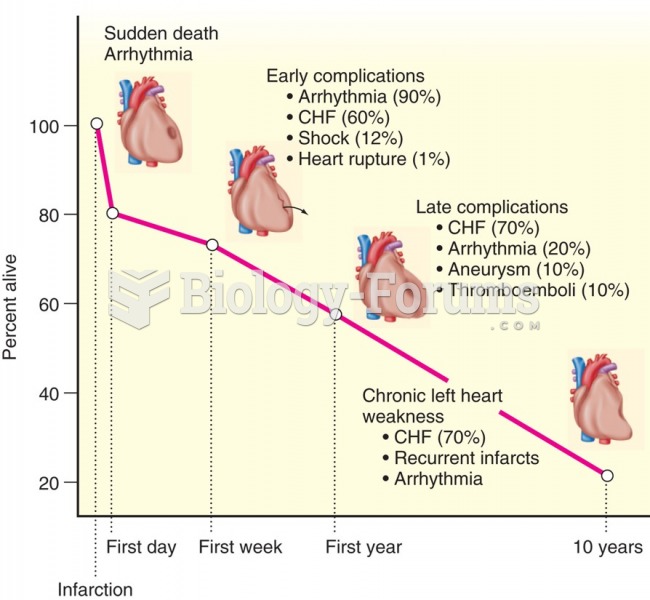Answer to Question 1
D
Answer to Question 2
A market that is said to operate at peak efficiency (prices are as low as they can possibly be) and where goods are readily and easily available is said to be a perfect market. But perfect markets are rarely, if ever, seen in business because of factors that cause a breakdown in the efficient operation of an industrycalled market imperfections. Market imperfections theory states that, when an imperfection in the market makes a transaction less efficient than it could be, a company will undertake foreign direct investment to internalize the transaction and thereby remove the imperfection. There are two important market imperfections-trade barriers and specialized knowledge.
Trade Barriers-One common market imperfection in international business is trade barriers, such as tariffs. For example, the North American Free Trade Agreement stipulates that a sufficient portion of a product's content must originate within Canada, Mexico, or the United States for the product to avoid tariff charges when it is imported to any of these three markets.
Specialized Knowledge-The unique competitive advantage of a company sometimes consists of specialized knowledge. This knowledge could be the technical expertise of engineers or the special marketing abilities of managers. When the knowledge is technical expertise, companies can charge a fee to companies in other countries for use of the knowledge in producing the same or a similar product. But when a company's specialized knowledge is embodied in its employees, the only way to exploit a market opportunity in another nation may be to undertake FDI.
The possibility that a company will create a future competitor by charging another company for access to its knowledge is another market imperfection that can encourage FDI. Rather than trade a short-term gain (the fee charged another company) for a long-term loss (lost competitiveness), a company will prefer to undertake investment.







